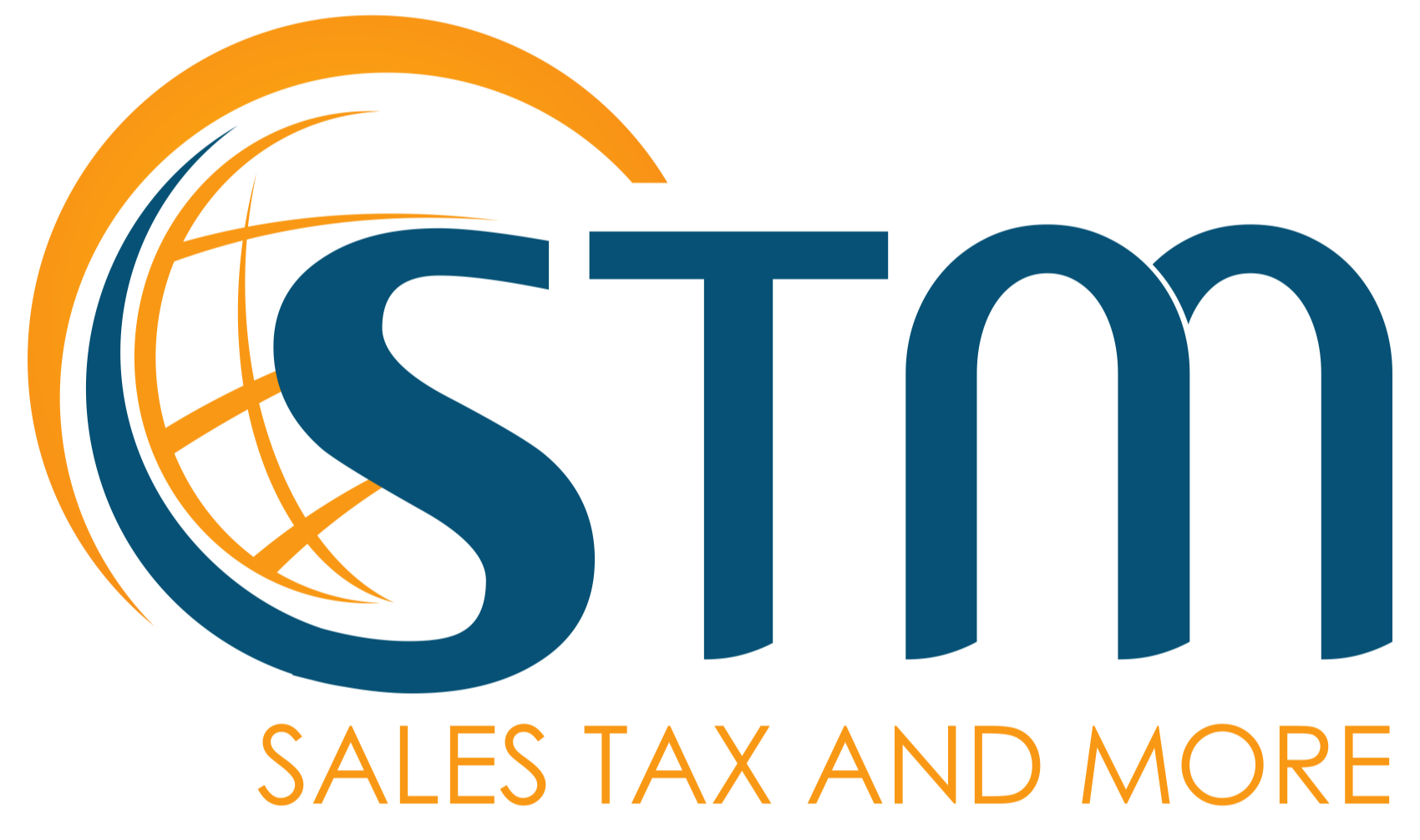Canadian
Q: WHAT ARE THE TYPES OF SALES TAX IN CANADA?
A: In Canada, there is a federal-level tax and a local-level tax. The federal-level tax called the Goods and Services Tax or GST is a value-added tax (VAT). Once you are registered for the GST, you will collect the tax in all 10 provinces and three territories. The five provinces of New Brunswick, Newfoundland and Labrador, Nova Scotia, Ontario, and Prince Edward Island have decided that they will have the same rules as the GST, and they allow the Canada Revenue Agency (CRA) to administer the collection of the tax along with the GST. The local tax for these five provinces is called the Harmonized Sales Tax or HST because these provinces have harmonized their tax with the GST. You are automatically approved for the HST when you register for the GST.
The province of Quebec has a local sales tax called the Quebec Sales Tax or QST. It is a value-added tax and has virtually identical rules to the GST/HST.
The provinces of British Columbia, Manitoba, and Saskatchewan all have local-level sales taxes, which are actually sales taxes and not value-added taxes. They are collectively referred to as Provincial Sales Taxes or PSTs. Individually, British Columbia and Saskatchewan actually call their tax the Provincial Sales Tax or PST, while Manitoba calls their tax the Retail Sales Tax or RST.
The remaining province of Alberta and the three territories do not have local taxes.
